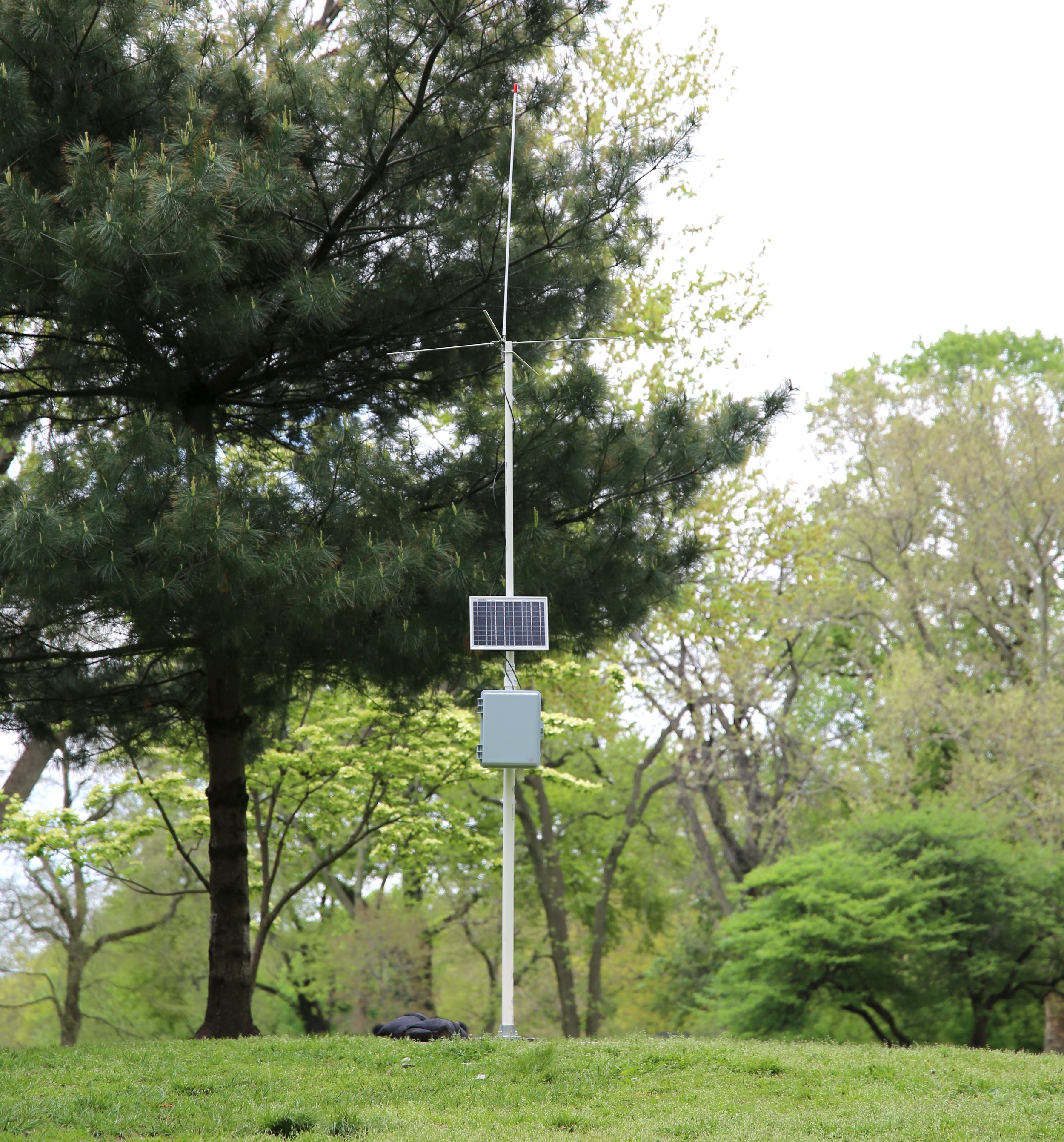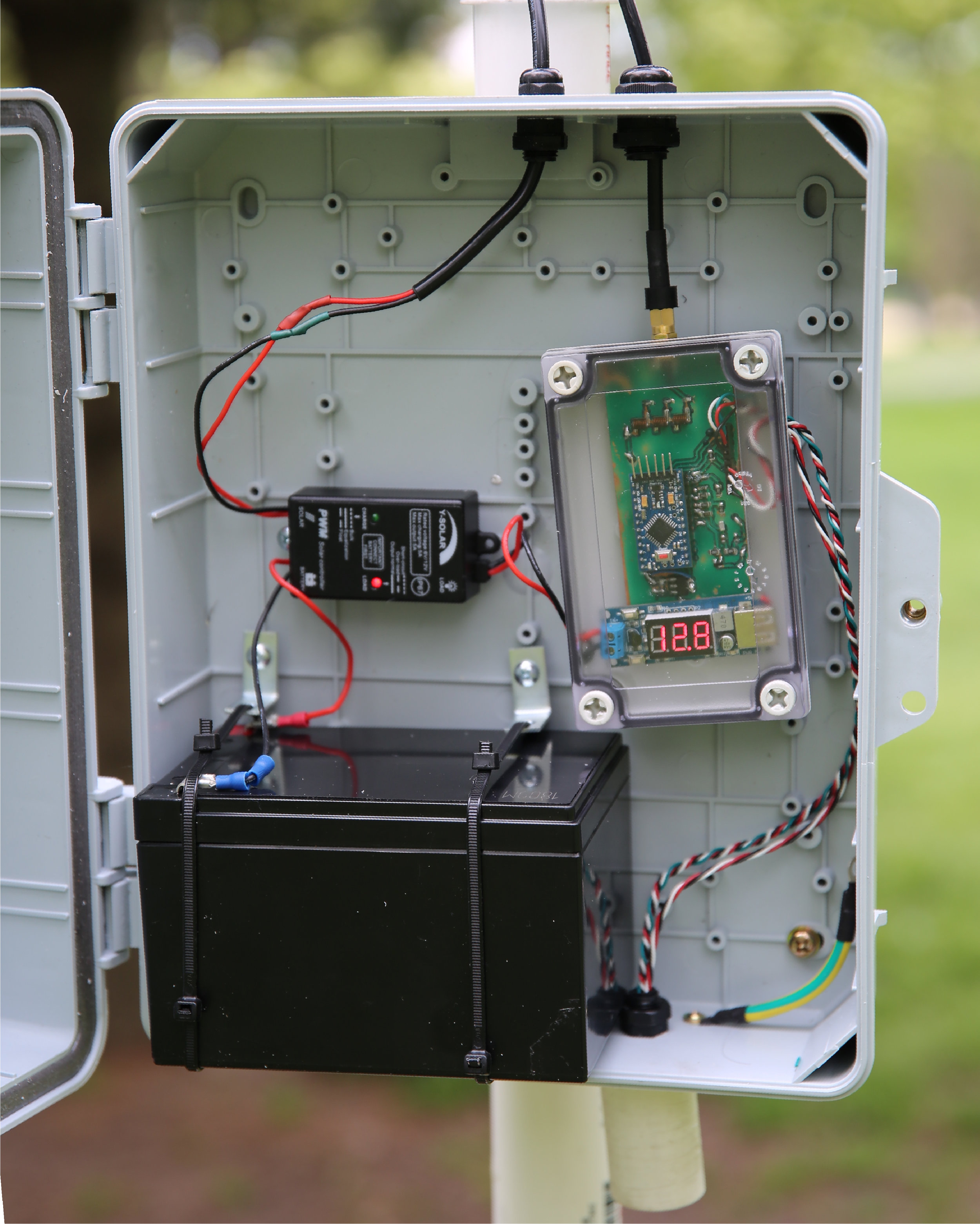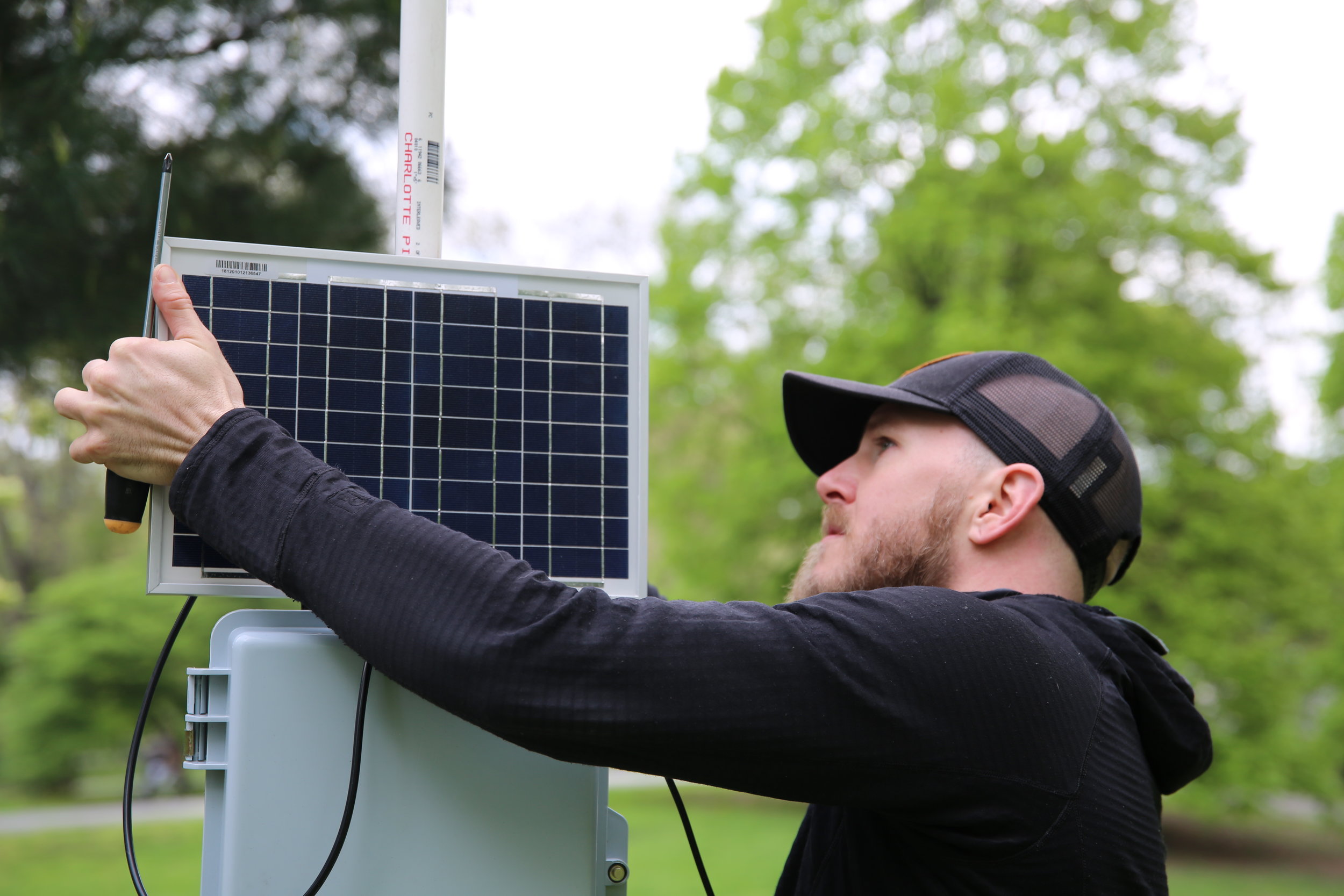climb.it Weather system
Improving the safety of outdoor activities in remote areas
Overview
How can we improve the safety of outdoor activities in remote areas? If outdoorspeople had access to accurate, hyper-local weather data, they could make better informed decisions about weather risks and personal safety. Climb.It Weather System (CWS) aims to solve this problem.
CWS gathers on-the-ground weather data from remote areas and broadcasts this data over 30+ miles to receivers and repeaters in the APRS network. This data is automatically fed into a database server where it can be consumed by anyone with an internet connection.
the problem
For people who spend time in extremely remote areas, unreliable weather data is a safety concern that can lead to unnecessary risk and illinformed decision-making.
Existing satellite-based weather forecasts do not take into account the variety of micro-climates that exist in expansive areas, or are unable to provide an accurate representation of actual conditions in real time.
my solution
CWS is a transmitter/receiver system that collects on-the-ground weather data from remote areas and publishes it online via radio transmission. The transmitter lives in the field, running on a combination of solar panel and battery power, broadcasting weather data over high frequency packet radio (APRS) at regular intervals. The receiver lives in an area with WiFi or 3G infrastructure, receiving sensor data directly from a transmitter (or APRS repeater) and publishing it to a database server.
Design & Prototypes
The CWS transmitter system is a collapsible PVC pipe system with a weatherproof transmitter box. A 20 watt solar panel trickle charges the 20Ah lead acid battery, which keeps the device running for a month between charges. The modem circuit is run by an Arduino Nano, which pulls data from weather sensors, gets GPS time/ coordinates, and pushes that data into the APRS network via a RF transmitter chip broadcasting at 144.39MHz. Early CWS prototypes fed weather sensor data directly into an off the shelf 2-meter transceiver.
All schematics and board designs were done in Eagle, rendering was done in Fusion 360. Early prototypes were milled on an OtherMill, final prototypes were manufactured by JLCPCB. A manual SMT pick and place was used to place parts before the PCBs were baked in a reflow oven.
The final circuit was designed with the following constraints in mind:
Low power — the device needs to be able to function for at least 4 weeks without solar power from a 20Ah battery. The entire circuit pulls under 50μA while sleeping, under 50mA while running, and briefly spikes to ~1.25A while broadcasting. Power savings were achieved by taking the following steps:
LED traces on the Arduino Nano were cut, resulting in power consumption of under 15mA, under 6μA in sleep mode
Onboard capacitors help manage short (~300ms) amperage spikes while broadcasting
Radio and GPS modems are disabled while the device is sleeping and woken up via interrupts when the device comes online
RF interference — the modem PCB has large ground planes on both sides to reduce electrical noise and crosstalk
FCC regulations — the device needs to meet FCC regulations for spurious emissions (no $10,000 fines!). A Chebyshev low pass filter was designed using high-Q air coil inductors and ±1% ceramic capacitors
firmware development
All firmware development for CWS was done in C++ via the Arduino IDE.
To maximize power savings, the device goes into deep sleep for 20 minute intervals, waking for ~20 seconds to get a GPS fix, pull sensor data, create an APRS weather packet, and broadcast the weather packet over 144.39MHz.
Field testing
The first CWS field tests were conducted in May 2019, with successful transmission of weather data into the APRS network over 30 miles away.
Development of CWS is active and ongoing, please check back for additional information later.
TOOLKIT
Arduino C++
Eagle
Fusion 360
OtherMill CNC
Manual SMT pick and place
Reflow oven
Soldering iron
Oscilloscope and multimeter
CATEGORIES
Physical computing
Industrial design
Electrical engineering
Software development
Fabrication
Embedded systems development
Internet of Things (IoT)
BILL OF MATERIALS
20W solar panel
Solar charge controller
Weatherproof enclosure
PVC Pipe
Firestik Antenna
Arduino Pro Mini
Dorji DRA818v (radio modem)
uBlox NEO-7m (GPS modem)
BME280 & DHT22 (weather data sensors)
20Ah 12V lead acid battery




























